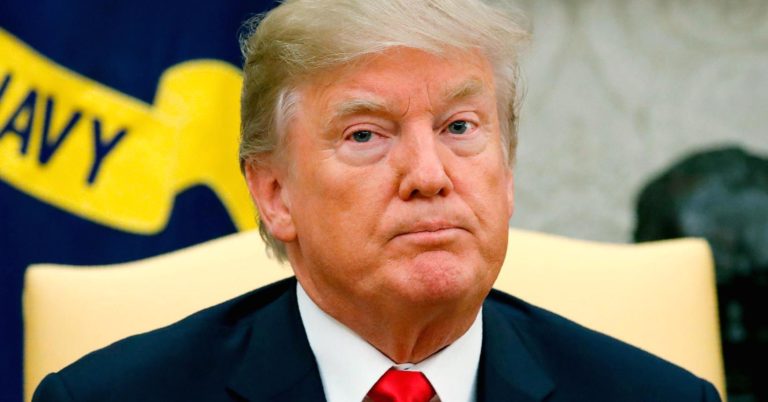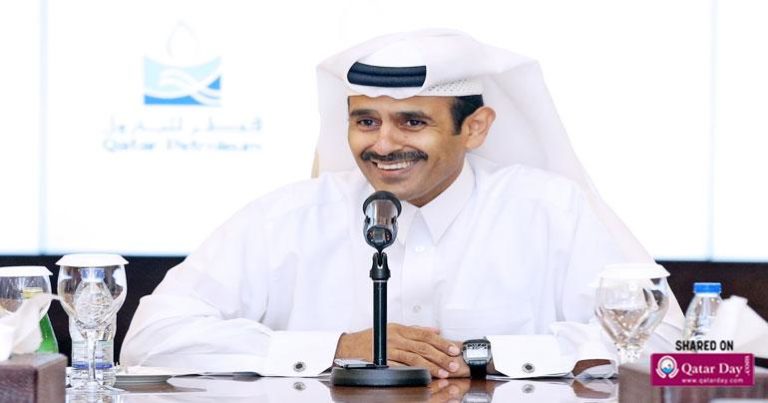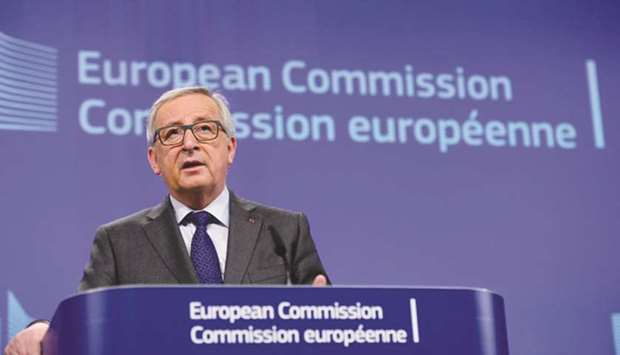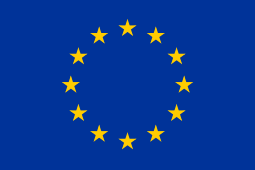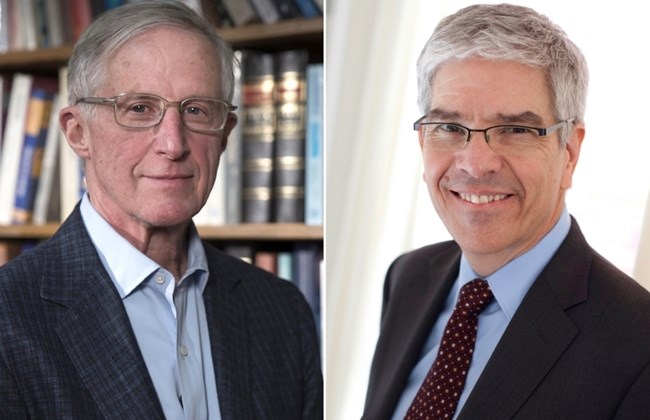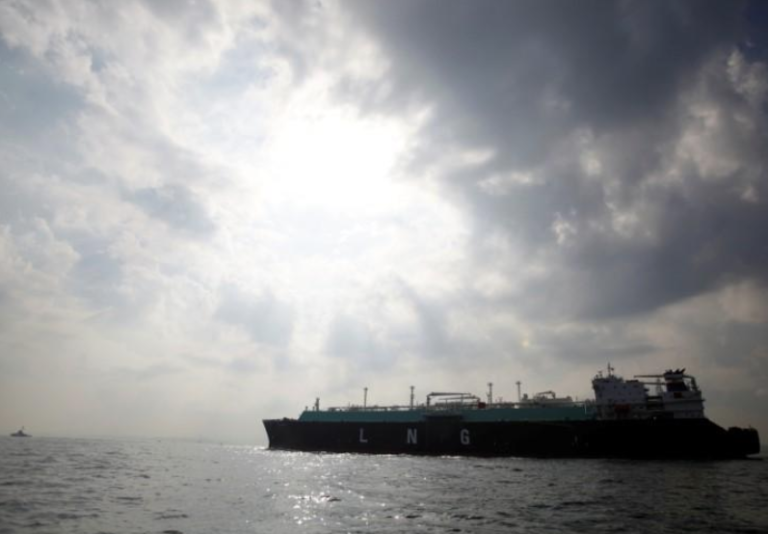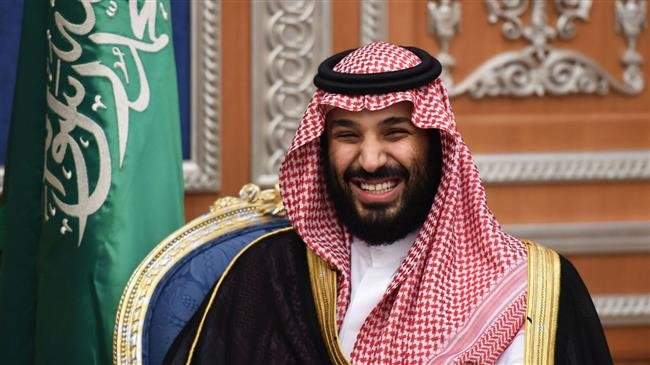Next UK Fracer Shrugs Off Shutdown Risk Seeing Need for Gas (Friday, 12 October 2018)

The head of the corporate set to drill Britain’s first fracing effectively in a decade shrugs off the danger that protesters and authorities’s foremost opposition will shut down his undertaking earlier than it will possibly begin.
Francis Egan, the CEO of Cuadrilla Resources, is poised to start hydraulic fracturing inside days at a effectively in northwest England. No matter what’s determined by courts or politicians weighing the problems, Egan stated the UK’s rising wants for pure fuel will stay a distinguished issue within the debate.
While the ruling Conservative Party has backed fracing, the Labour opposition stated it can ban it if it takes energy. And Labour’s ascent is more and more attainable given the delicate majority the federal government is sustaining forward of knife-edge votes deliberate on Britain’s plan to depart the European Union.
“Brexit or no Brexit, having cheap homegrown manufacturing of your power is an effective factor,” Egan stated. “Governments come, and governments go. But power demand isn’t going anyplace and fuel provide is continuous to lower. Fundamentally will probably be a political selection whether or not you wish to supply your fuel from Lancashire or Russia.”
Earthquakes
The UK shale business was stopped in its tracks in 2011 after fracing by Cuadrilla prompted minor earthquakes at its northwest England web site. The drilling is a magnet for indignant protests amid claims that it’ll irreparably hurt the surroundings and maintain the nation wedded to polluting fossil fuels. Proponents say that Britain’s untapped shale fuel reserves might make the nation’s home power provide safe for years to return.
“What’s typically both forgotten or intentionally sidelined is that we are going to be utilizing fuel,” Egan stated. “There is not any situation that any credible power forecaster that claims we received’t be utilizing fuel for a lot of a long time to return.”
Cuadrilla has permission to drill and frac 4 wells at its Lancashire web site. It will start fracing the primary of two horizontal shale fuel exploration wells by Friday on the earliest. The firm will then take three months to extract the primary move of fuel earlier than testing its viability. It’s unlikely the location can be commercially productive till 2021, Egan stated.
Fracing entails pumping fluid and sand-like particles into wells below excessive stress that breaks aside underground rock formations liberating petroleum deposits trapped in troublesome to succeed in reservoirs. There have been aspirations for the UK to emulate the U.S. shale increase, however the business stays small and unproductive.
It’s one of many few applied sciences that would sluggish and even reverse the sharp declines in oil and fuel manufacturing from the North Sea as typical deposits are pumped dry. Britain prospered within the 1980s and 1990s with wealth tapped by the oil business, however revenue has shrunk since manufacturing peaked.
Natural fuel can also be in demand. Britain has been working to restrict fossil gas emissions to rein in local weather change, re-positioning its power sources away from coal crops and towards cleaner sources akin to fuel, which at the moment makes up about 42% of the nation’s power combine.
“It is a fossil gas, nevertheless it has the bottom emissions of fossil fuels and our view is it might be higher to develop this right here the place you’ll be able to regulate and management it than simply shut your eyes and fake nothing is going on as you ship it throughout Europe from Russia,” Egan stated.
Protesters are nonetheless making themselves heard, completely stationed outdoors the Lancashire web site the place three males have been arrested and later jailed for so long as 16 months for public nuisance offenses.
Lawmakers aren’t backing off both – Labour power spokeswoman Rebecca Long-Bailey has pledged to ban fracing ought to her celebration win an election. There’s disquiet in regards to the follow within the Conservative ranks over plans to streamline the appliance course of.
In a final gasp try to dam Cuadrilla from fracing, a protester filed for an injunction on the UK High Court. Cuadrilla can’t do a factor till a choose decides on Thursday whether or not the authorized problem has any…
